Image policy
Purpose
Images play a key role in our visual identity.
They are used to highlight the strength of Nordic co-operation, emphasise its achievements and ambitions, and showcase an innovative, outward-looking and visible region without borders.
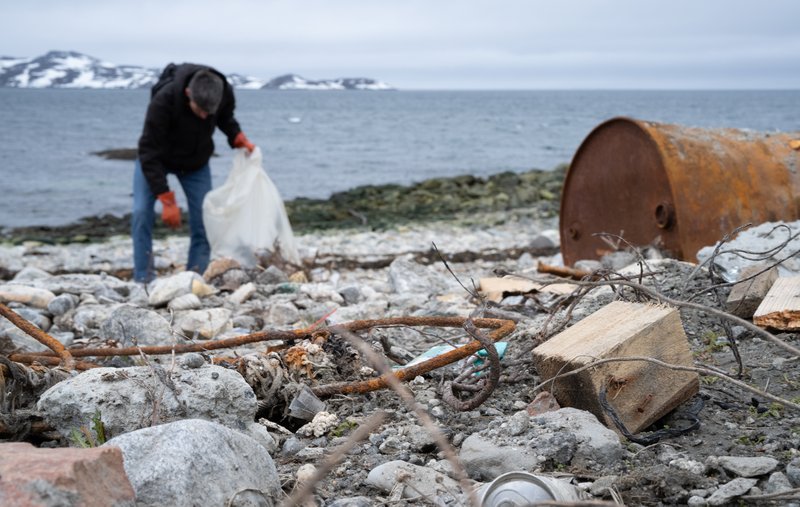
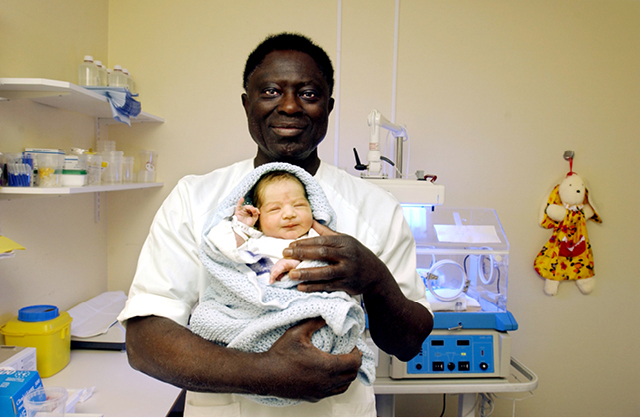
Overall style
Images should convey immediacy, authenticity and life. Also make sure that they are gender balanced and normcritical to avoid stereotyping. Their composition should be straightforward and the focus clear.
The photographies should have a natural light. Indirect natural light with soft shadows is preferable to bright sunlight with harsh shadows. Backlight helps make backgrounds bright, simple and harmonious.
Skin tones should be soft and natural, i.e. as they would appear in indirect and naturally soft light.
Any photo editing should be subtle and result in a clean, natural image, as in the examples shown.
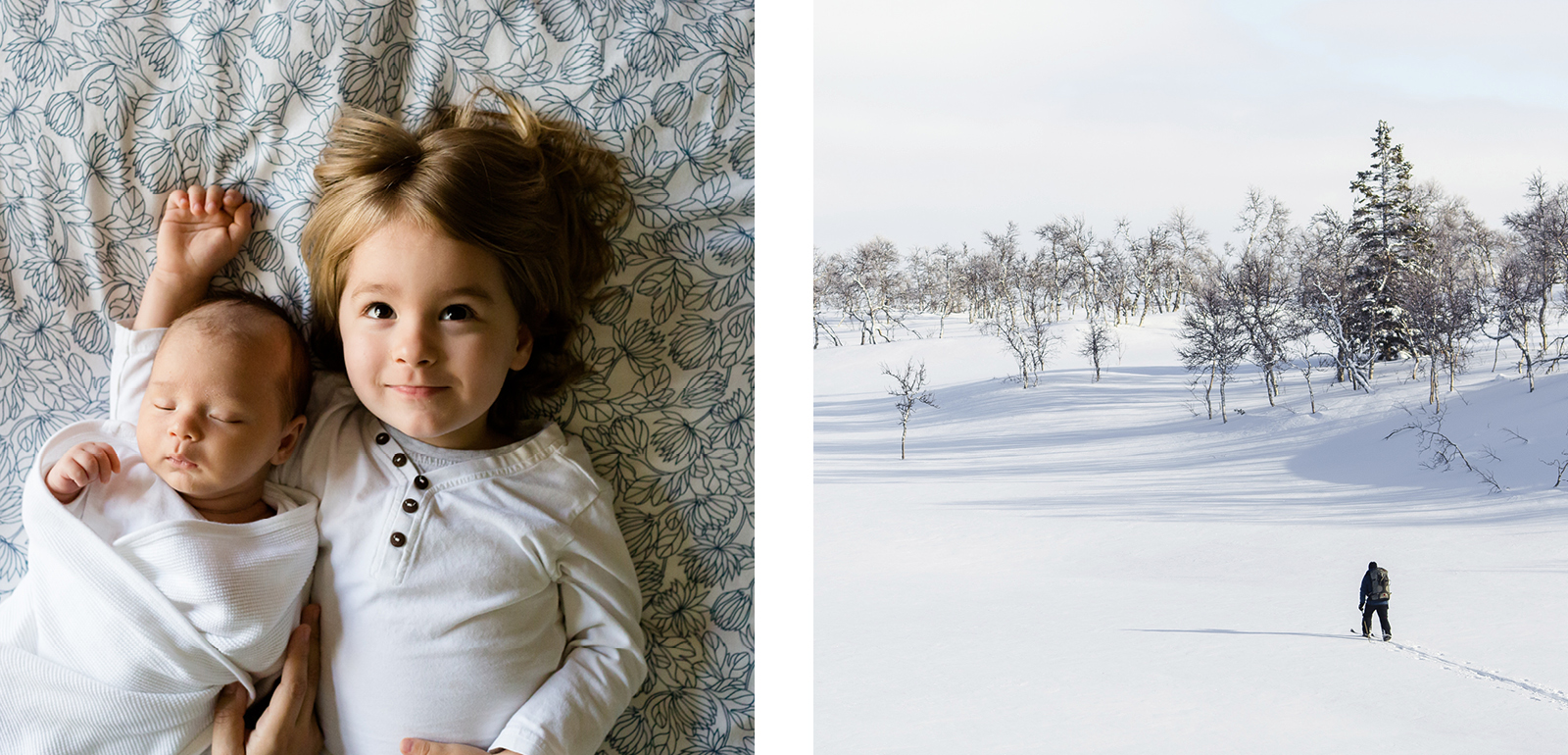
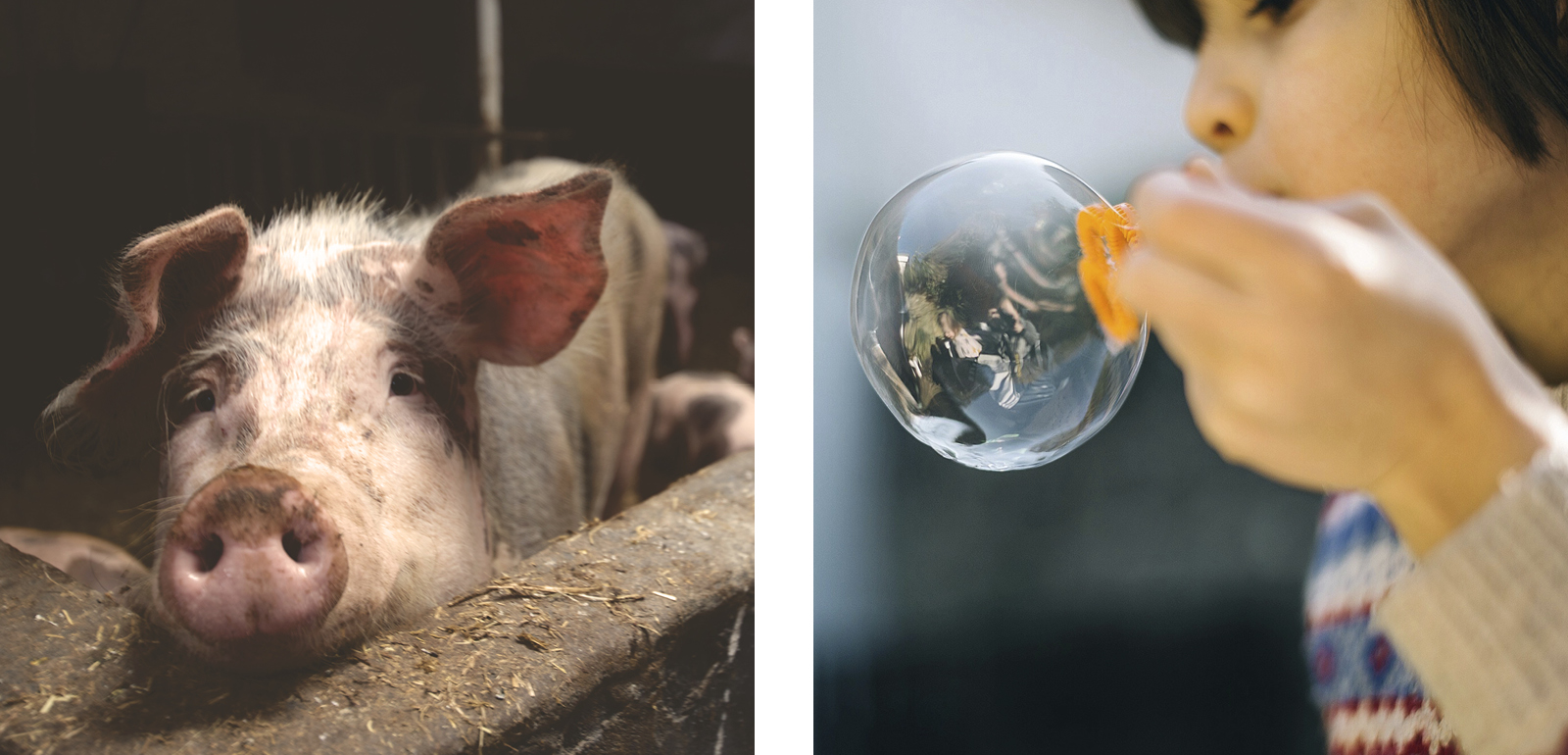
Life in the Nordic region
Images should have a Nordic perspective and reflect a positive attitude toward Nordic society and the rest of the world. They should depict people and nature, urban and rural existence, working life and culture in a genuine, warm and respectful manner. The people of the Nordic region vary in gender, age, religion, ethnicity and sexual orientation. They have different attitudes, interests and levels of educational attainment. It is essential that the images used mirror this diversity.
Photos used to illustrate a problem should never present the issue in a harsh or telltale way. It is important to focus on potential and results already achieved.
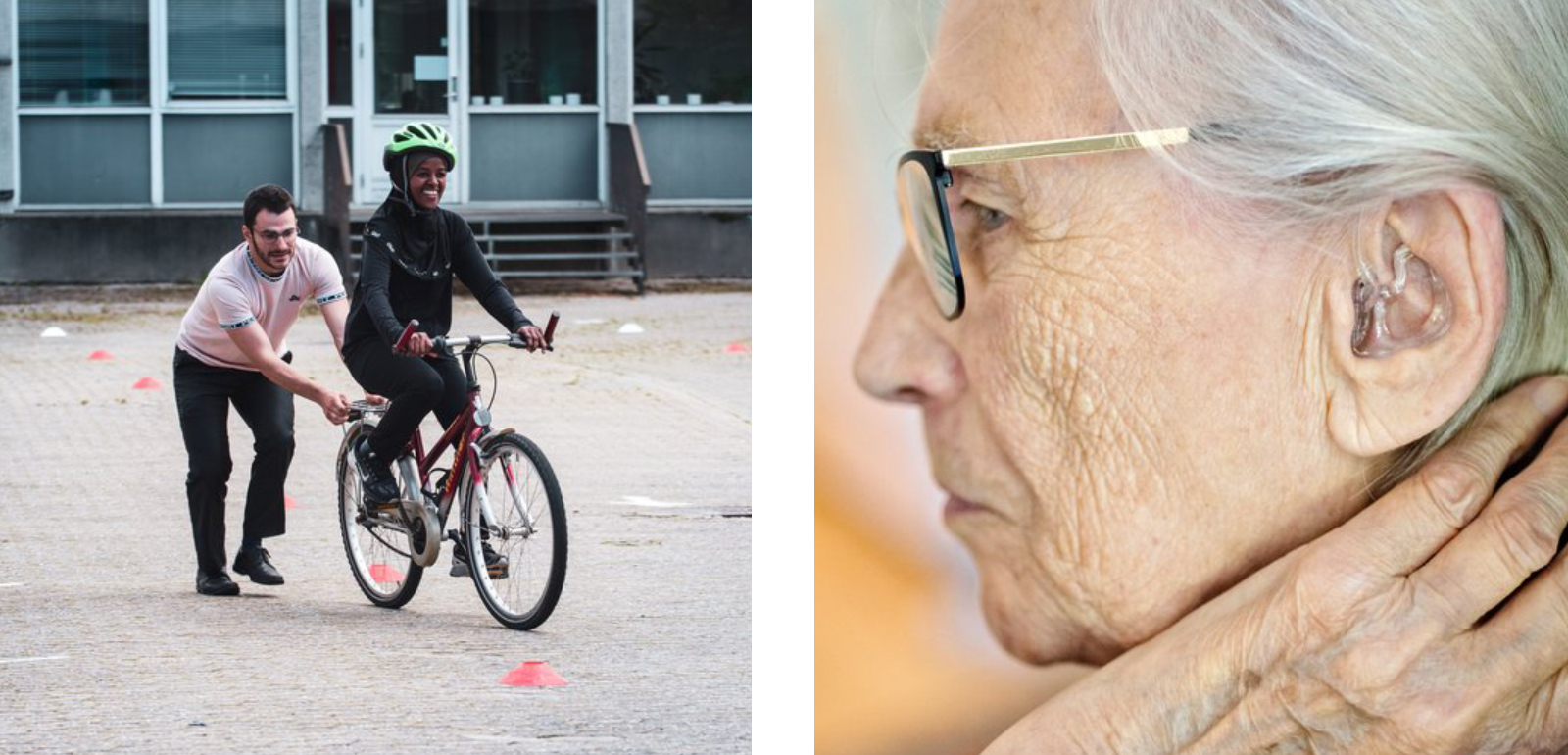
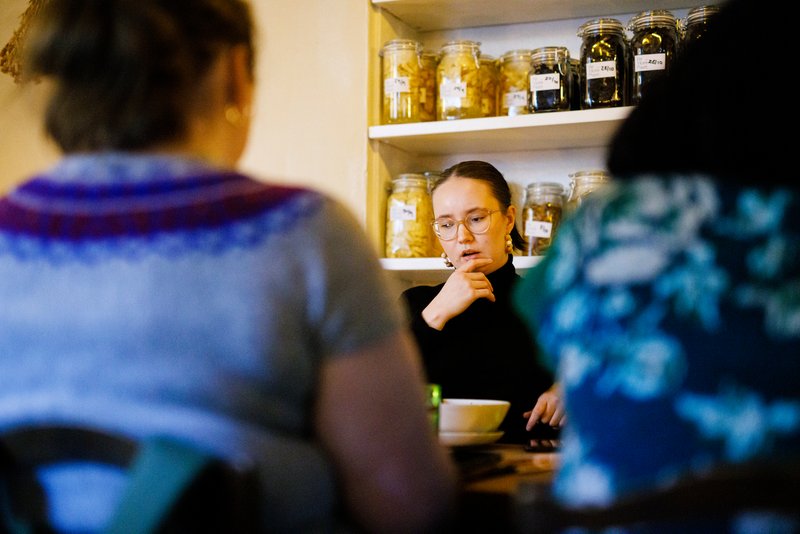
Parliamentary work
The work of the parliament is illustrated by pictures of politicians negotiating, speaking, gesticulating, being active, listening, at the podium, in the chamber and in discussions with colleagues.
Zooming in is a good way of creating focus because it makes the foreground and background diffuse and slightly blurred, but presents the subject in sharp focus. Portraits may be in colour or black and white. Use the light to lend atmosphere.
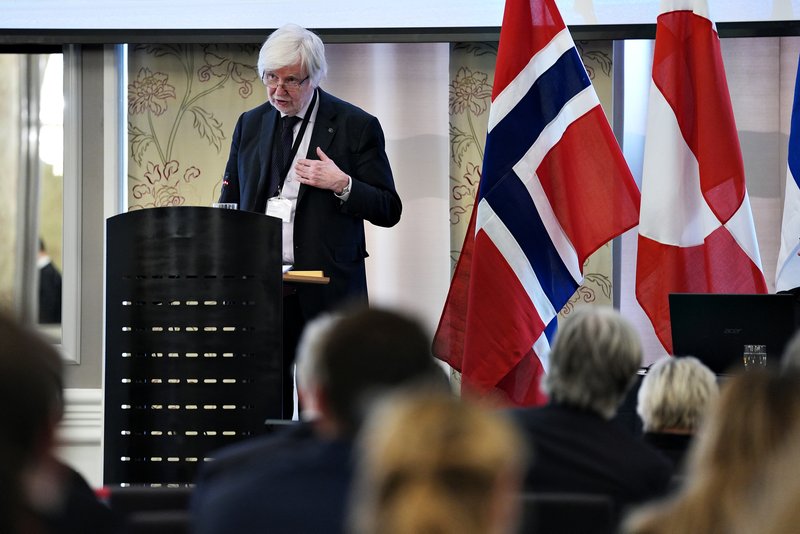
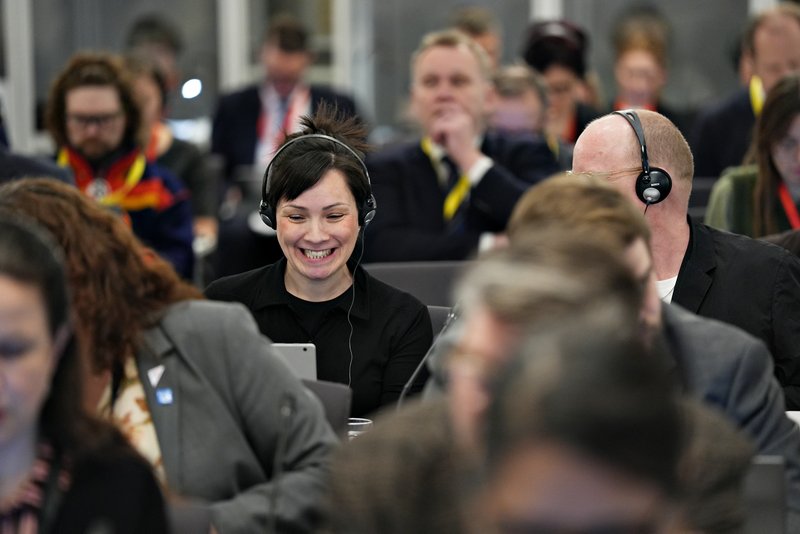
Portraits
Portraits may be posed or natural, with the surroundings forming an integral part of them. For both types of portrait, the image should convey personality and accessibility.
The portraits can be in color or in black and white.
As a photographer you can try to make the most of natural light. Positioning the subject close to a window, and allowing natural light and shadow to define the face, helps produce an interesting portrait. Avoid strong sunlight, which leads to heavy shadow and high contrasts – soft, indirect light is more subtle. Photographing the subject outdoors in a backlit setting will result in a calm and bright background.
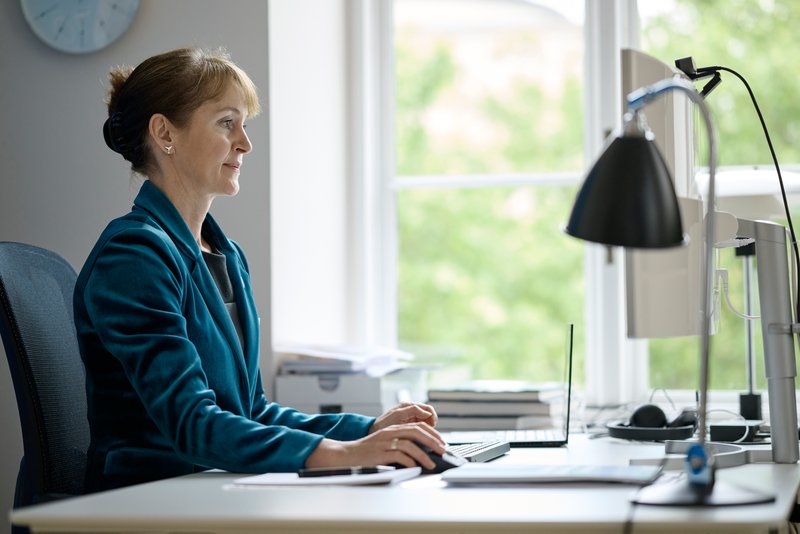
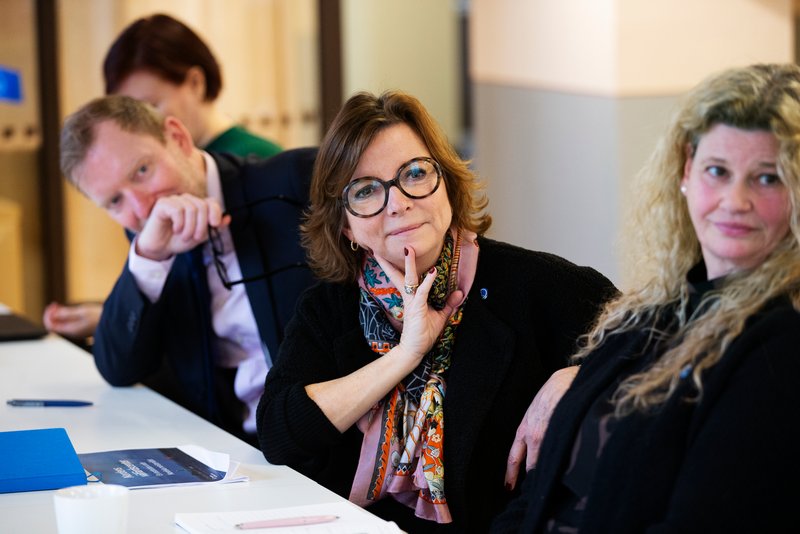
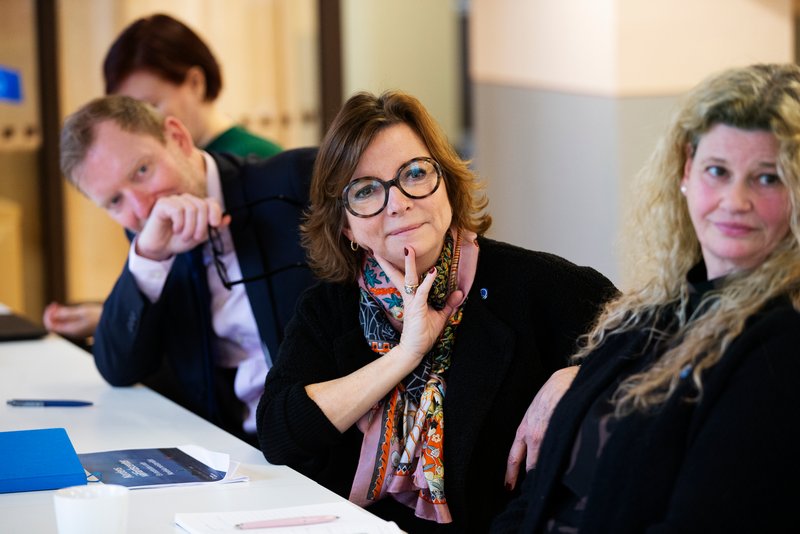
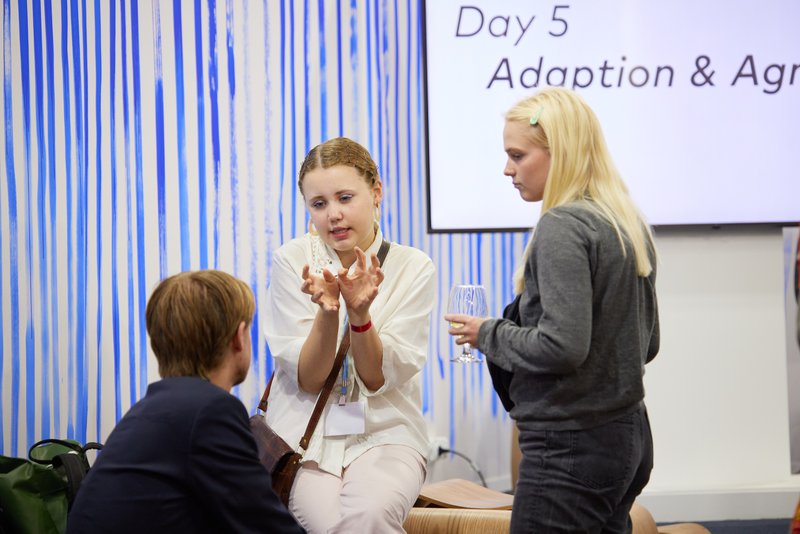
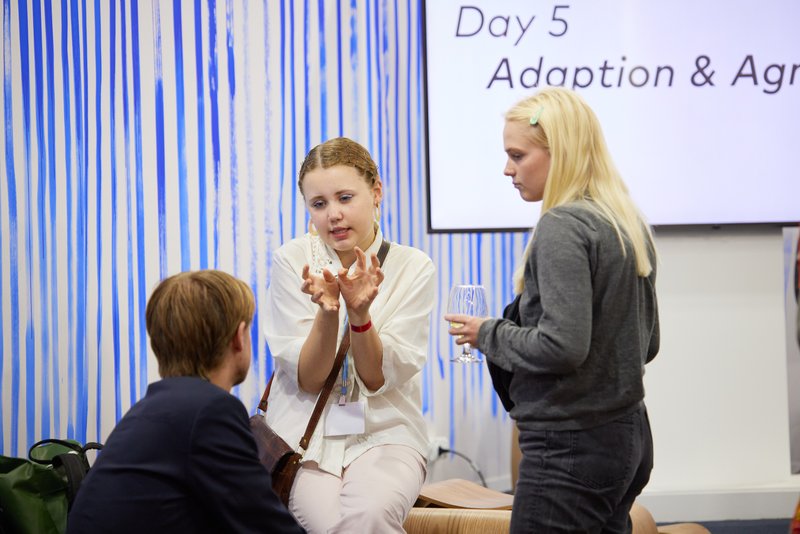
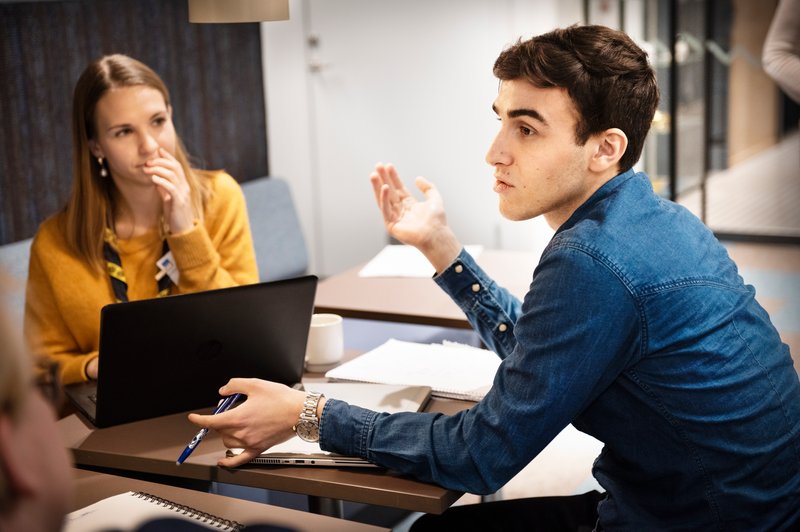
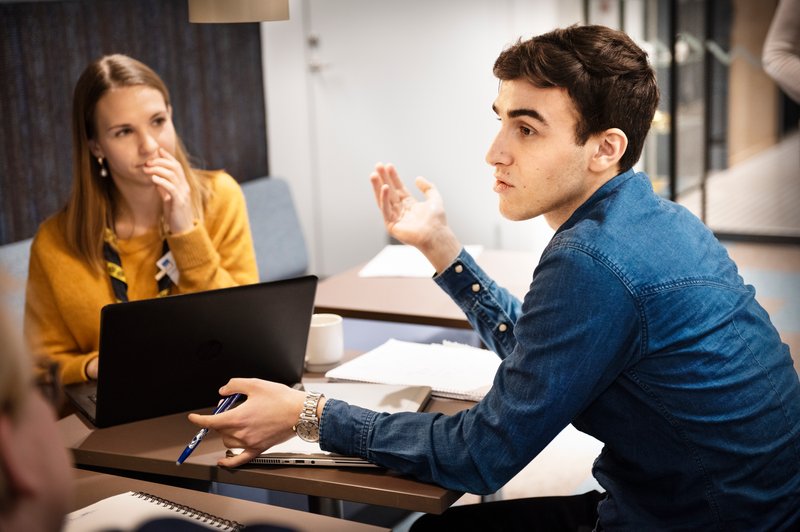
Images are placed edge to edge
Placing pictures edge to egde creates a narrative, visual interaction and dialogue between politics and society. To imbue the composition with an air of variety and movement, it is important to select images that differ in scale, as shown in the examples – one shot in close-up, the next from a distance. See examples below.
You can see more examples under Digital publications.
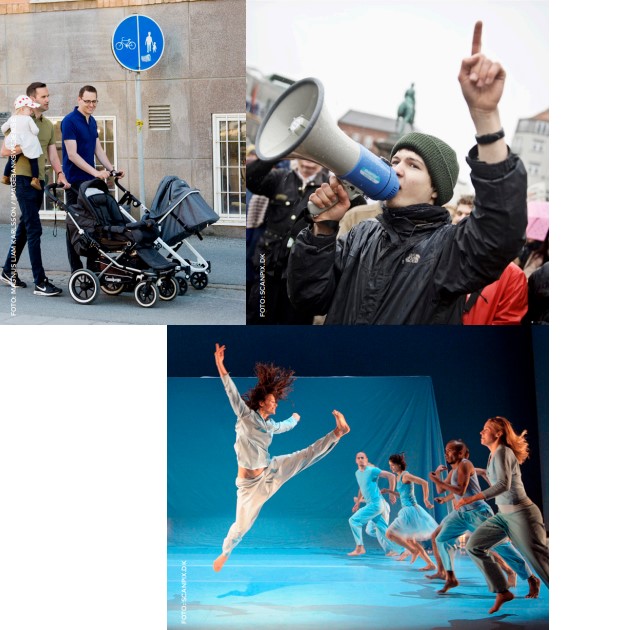
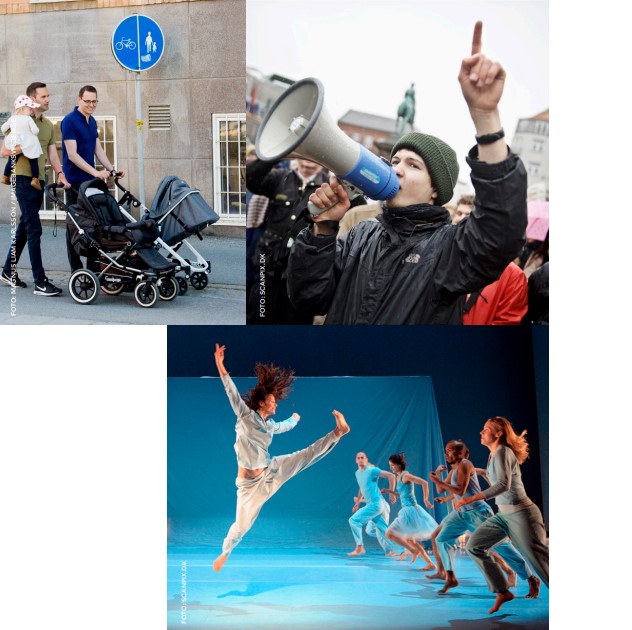
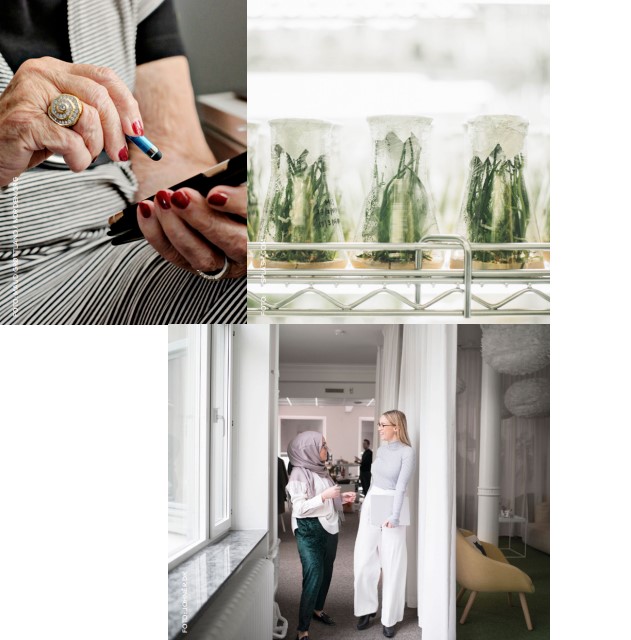
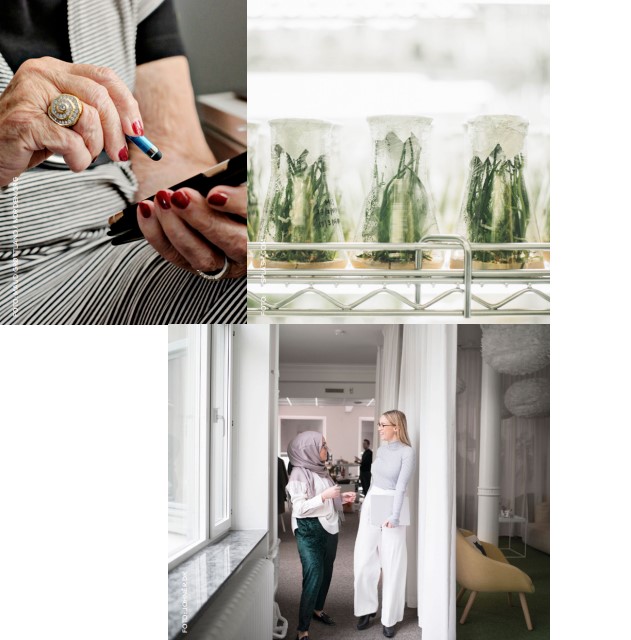
Things to avoid
Avoid exaggerated staging, heavy editing and artificial filters.
Also, avoid colour casts, flash photography and poor lighting.
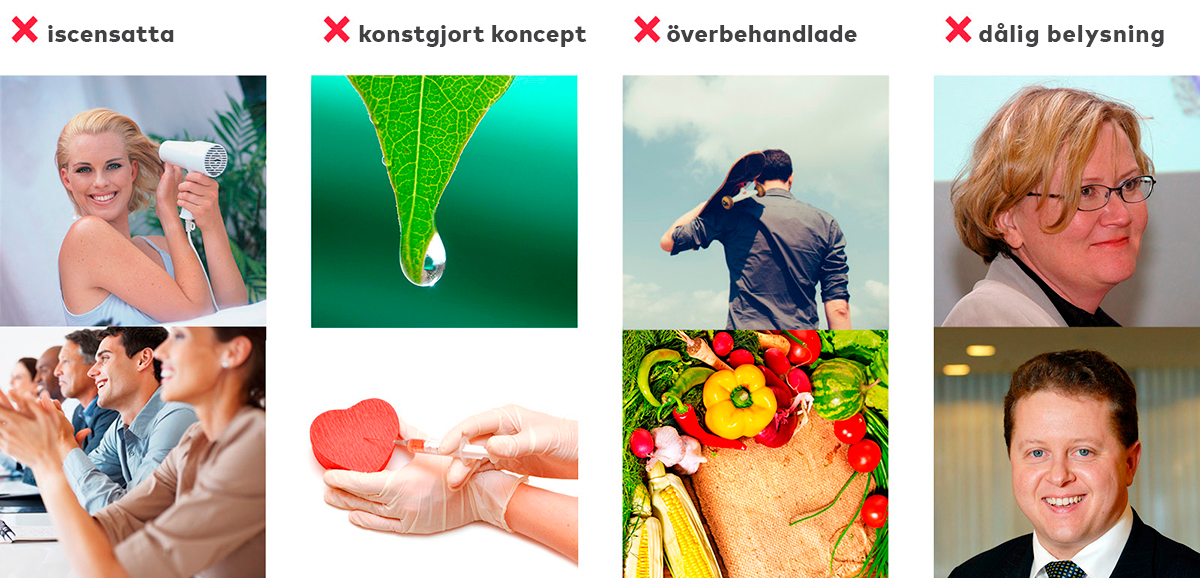
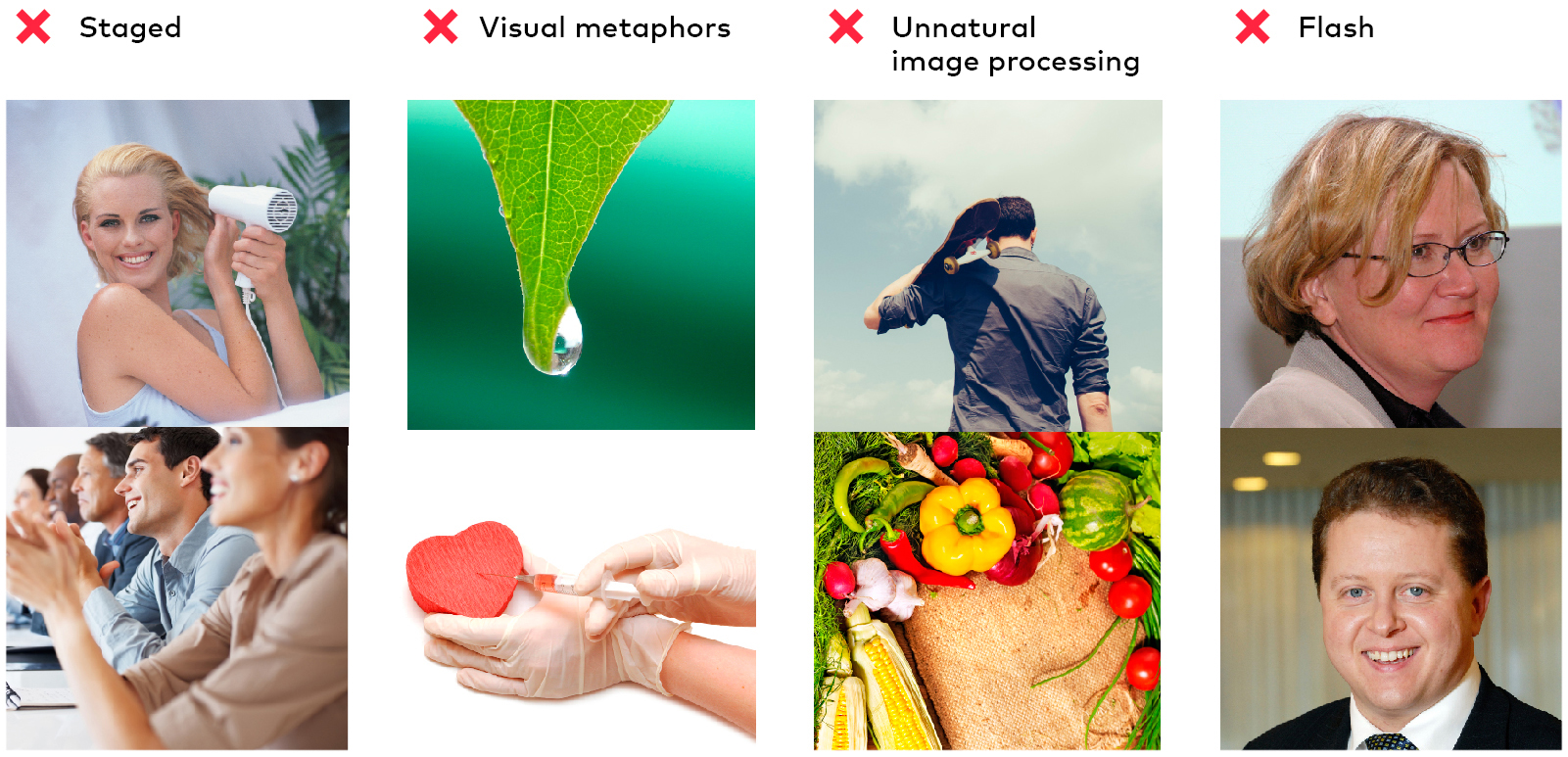
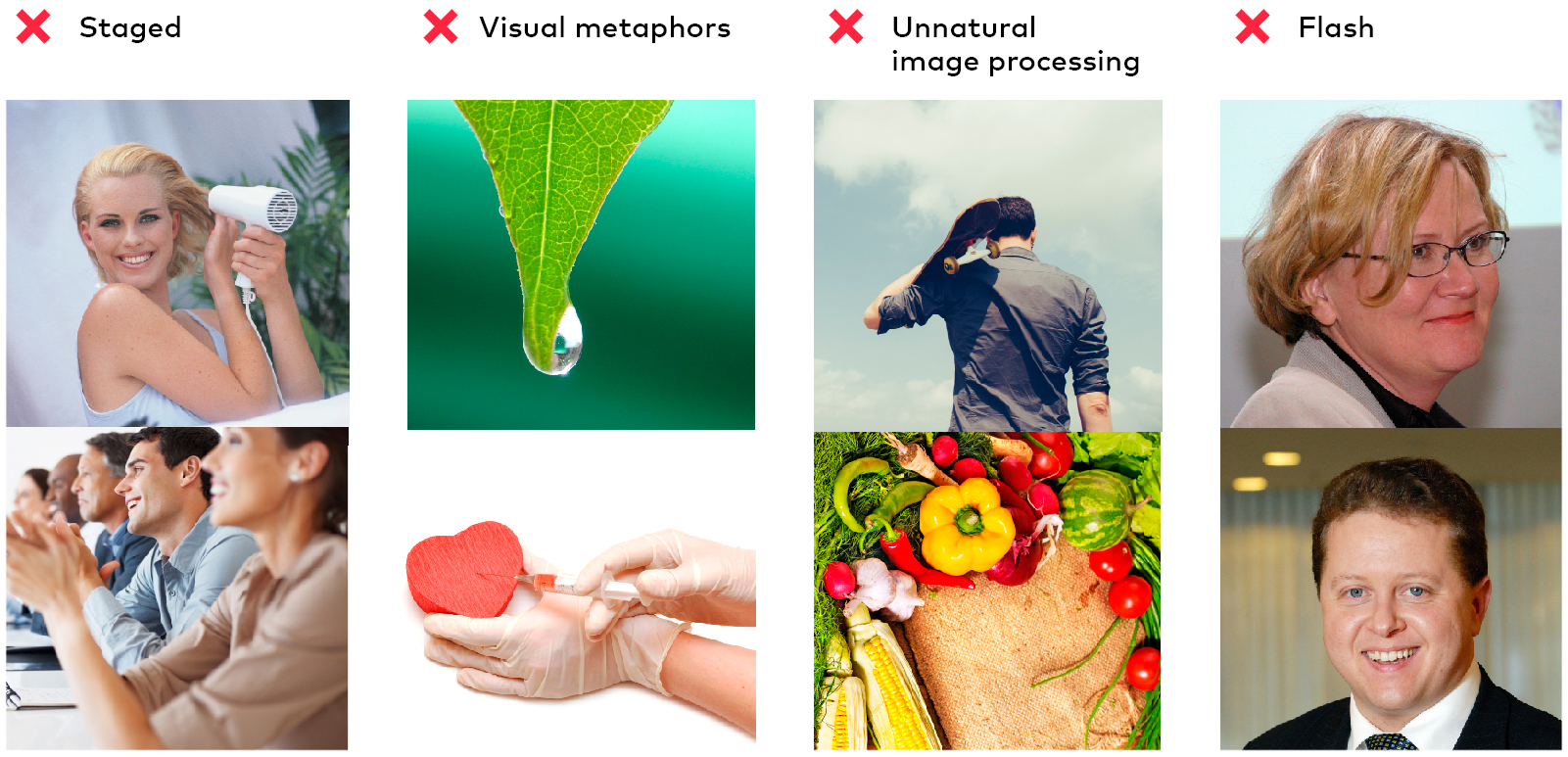
Image database
You can search our image database. The vast majority of images there can be used free of charge, as long as you credit the source.
Here are some other websites with free images:
scanpix.com has links to image banks for Denmark, Norway, Sweden and the Baltic states. You can buy up-to-date editorial pictures individually.